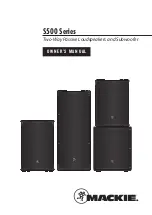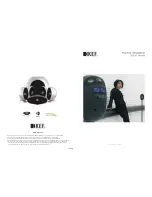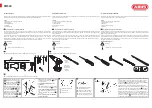
Intended use
Applications
14
099-007021-EW501
29.07.2015
3
Intended use
WARNING
Hazards due to improper usage!
Hazards may arise for persons, animals and material objects if the equipment is not
used correctly. No liability is accepted for any damages arising from improper usage!
• The equipment must only be used in line with proper usage and by trained or expert staff!
• Do not modify or convert the equipment improperly!
3.1
Applications
3.1.1
Plasma welding
In plasma welding a plasma jet is used as heat source. Plasma is an electrically conducting gas that has
been heated to a very high temperature by an arc. In the plasma torch the flowing plasma gas (argon) is
ionised by high-frequency pulses and the pilot arc ignites. The pilot arc then burns between the negative
tungsten electrode and the nozzle (anode), thus ionising the gas column between nozzle and positive
workpiece. In this way a non-contact ignition of the arc is possible.
3.1.2
TIG welding
TIG welding with direct current.
Non-contact HF ignition or contact ignition with Liftarc.
3.1.2.1 TIG
activArc
welding
The EWM activArc process, thanks to the highly dynamic controller system, ensures that the power
supplied is kept virtually constant in the event of changes in the distance between the welding torch and
the weld pool, e.g. during manual welding. Voltage losses as a result of a shortening of the distance
between the torch and molten pool are compensated by a current rise (ampere per volt - A/V), and vice
versa. This helps prevents the tungsten electrode sticking in the molten pool and the tungsten inclusions
are reduced. This is particularly useful in tacking and in spot welding.
3.1.2.2 spotArc
This process is suitable for tack welding or joint welding of metal sheets made from steel and CrNi alloys
up to a thickness of approximately 2.5 mm. Metal sheets of different thicknesses can also be welded on
top of one another. As this is a one-sided process, it is also possible to weld metal sheets onto tubular
sections such as round or square pipes. In arc spot welding, the arc melts through the upper metal sheet
and the lower metal sheet is melted onto it. This produces flat, fine-textured welding tacks which require
little or no post weld work, even in visible areas.
3.1.2.3 Spotmatic
In contrast to the operating mode spotArc, the arc ignites not by pressing the torch trigger as is usual, but
by shortly touching the tungsten electrode against the workpiece. The torch trigger is used for process
activation.
3.1.3
MMA welding
Manual arc welding or, for short, MMA welding. It is characterised by the fact that the arc burns between
a melting electrode and the molten pool. There is no external protection; any protection against the
atmosphere comes from the electrode.
Содержание Tetrix 150 Synergic Plasma
Страница 16: ...Machine description Front view 16 099 007021 EW501 29 07 2015 4 Machine description 4 1 Front view Figure 4 1...
Страница 18: ...Machine description Rear view 18 099 007021 EW501 29 07 2015 4 2 Rear view Figure 4 2...
Страница 32: ...Design and function Plasma welding 32 099 007021 EW501 29 07 2015 Figure 5 7...
Страница 109: ...Appendix B Overview of EWM branches 099 007021 EW501 29 07 2015 109 11 Appendix B 11 1 Overview of EWM branches...















































